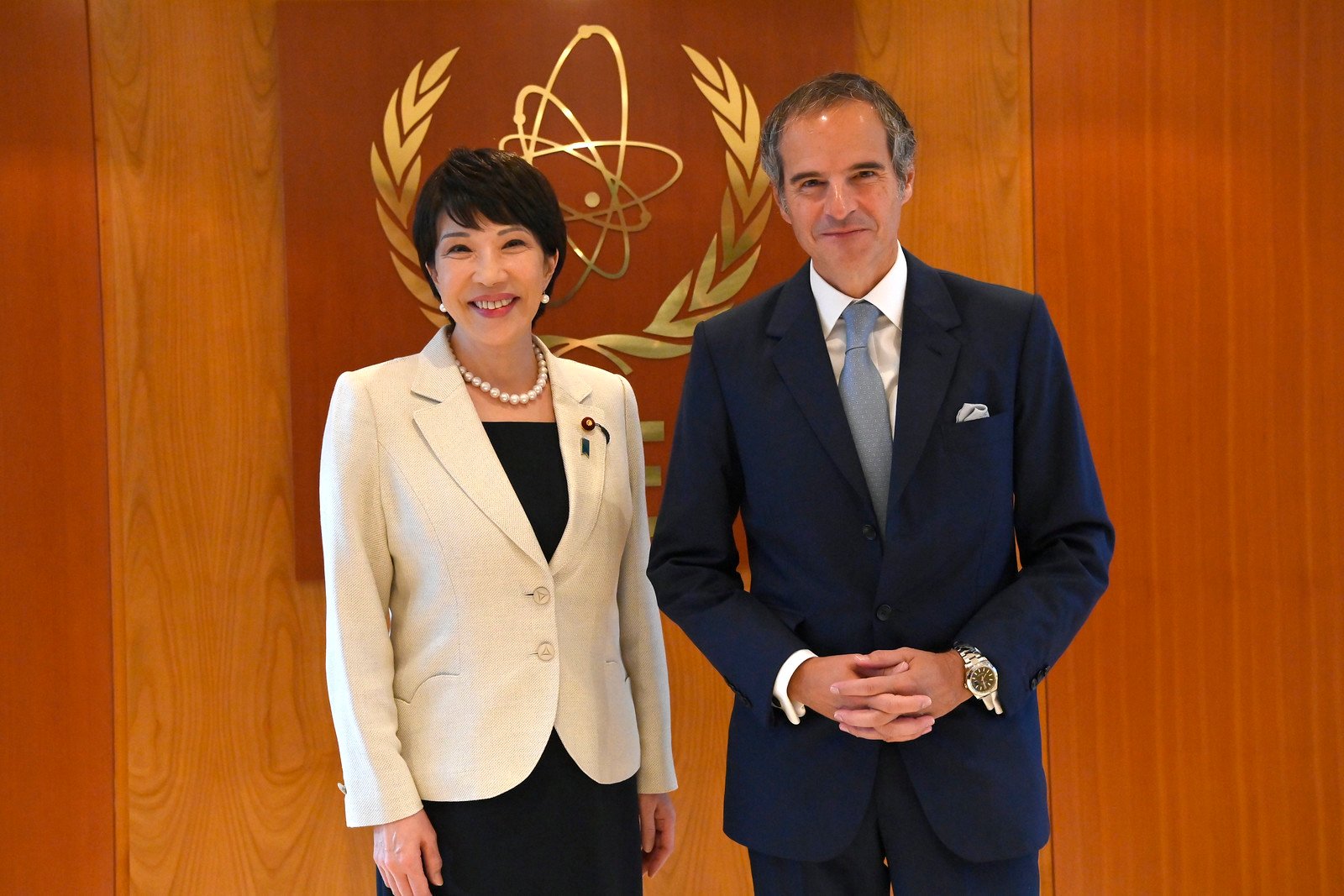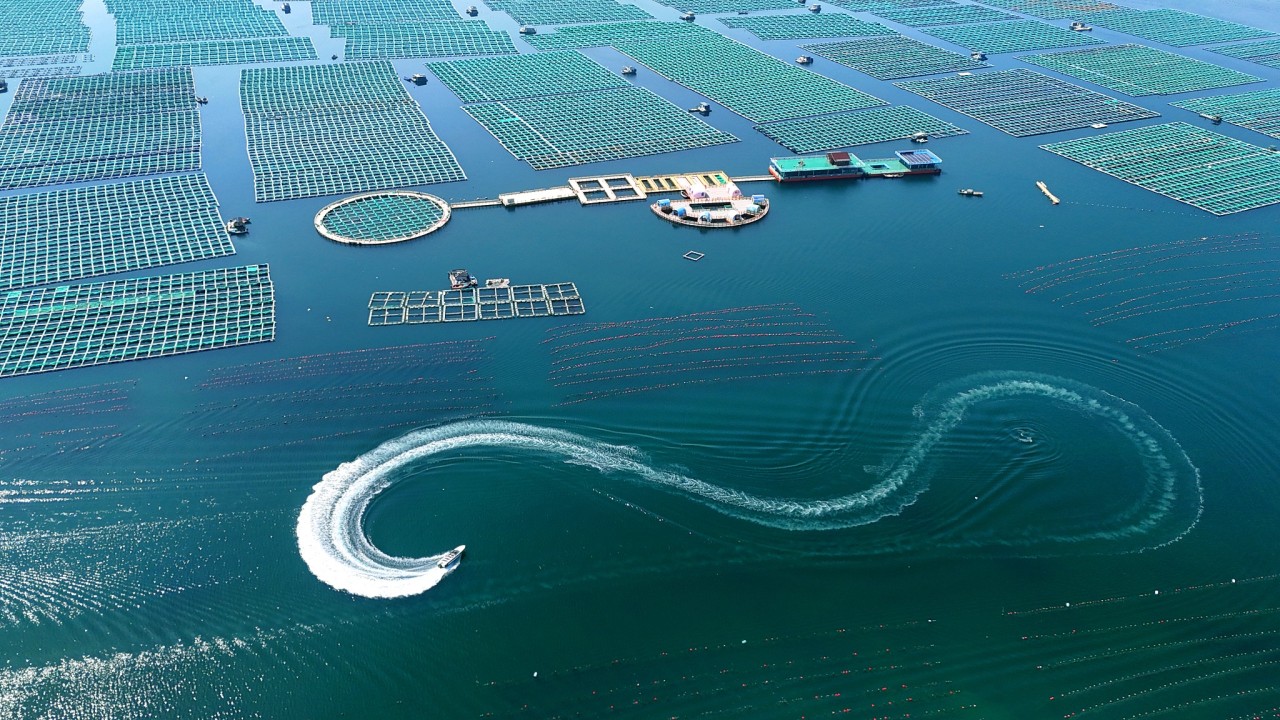Food Security = Yield + Quality which is closely related to human nutrition and market value – especially for populations that are highly rice-dependent.
Rice (Oryza sativa L.) is one of the most important cereal grains in the world and serves as a staple food source for more than half of the world’s population. The demand for rice has doubled in the past 50 years and is projected to increase by a further 30% by 2050.
But climate change questions its sustainability of its production. Although rice yield increased considerably during recent decades benefitting from genetic breeding and better management practices, recent studies show that climate change is expected to negatively impact rice production.
Numerous studies have been carried out to assess the impact of climate change on rice yield, but rice quality has received far less attention, particularly on a large scale.
China’s Shaanxi Normal University headed up by Dr. Xianfeng Liu, of and colleagues used data collected over 35 years to explore patterns in rice quality from Japan and China. The research team utilized modeling to investigate various climate variables to determine their impact on HRR. These variables included nighttime temperature, daytime temperature, diurnal temperature, daily average temperature, hot days (above 30/35 °C), precipitation, precipitation frequency, soil moisture, solar radiation, cloud cover, relative humidity, daytime vapor pressure deficit, transpiration, and carbon dioxide concentration.
The scientists ultimately identified nighttime temperatures as the primary factor affecting reduced rice quality. Specifically, when nighttime temperatures rise, a critical threshold for decline is reached at 12 °C for Japan and 18 °C for China.
During flowering and grain growth under high nighttime temperature conditions, the rates of photosynthesis and starch accumulation in the grains decrease, leading to lower rice quality and increased susceptibility to breakage.
Plant scientists have been looking for ways to help plants survive the likely increase in number and severity of heat waves expected due to global warming. The research team found that zinc oxide nanoparticles may be one such tool.
Heat waves can reduce rice yields or kill plants altogether. Zinc oxide nanoparticles increase yields by 22%- also during heat waves.
Prior research has also shown that zinc oxide is a natural part of plant metabolism—rice farmers have used it as a form of fertilizer for many years.
The researchers planted rice in a climate-controlled greenhouse. Once the plants were grown, the team raised the temperature to 37°C for six consecutive days. During the induced heat wave, they sprayed some of the plants with a zinc oxide nanoparticle solution, while the other plants were only watered.
Rice plants that had been sprayed with zinc oxide nanoparticles had yields that were 22.1% greater than the plants that had been sprayed with water alone. In taking a closer look at the rice grains, the research team also found that they contained more nutrients, as well.






















